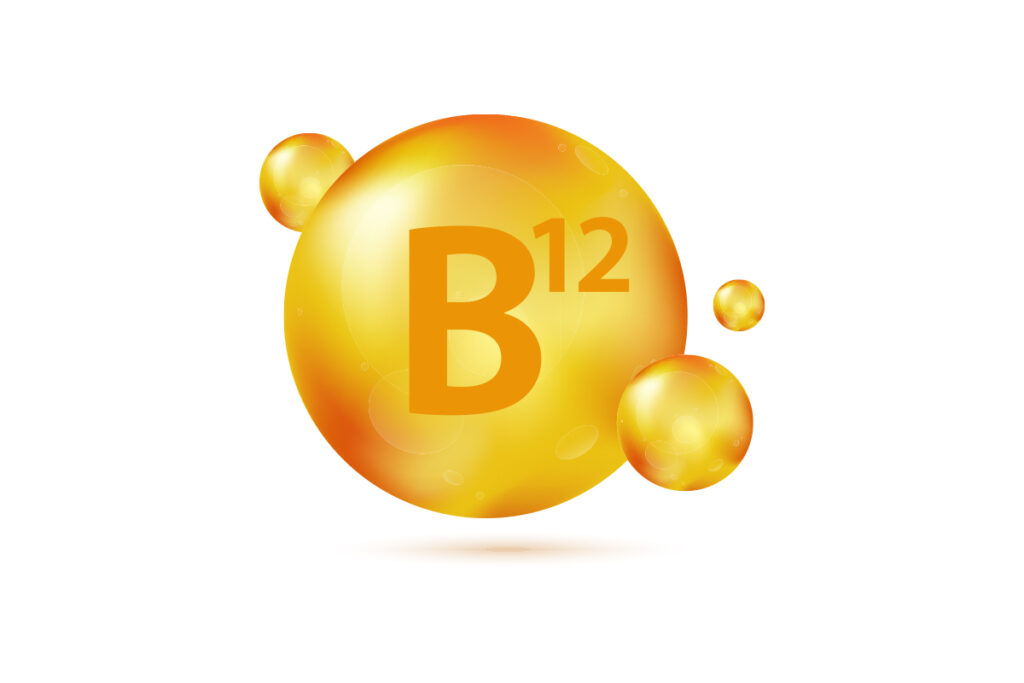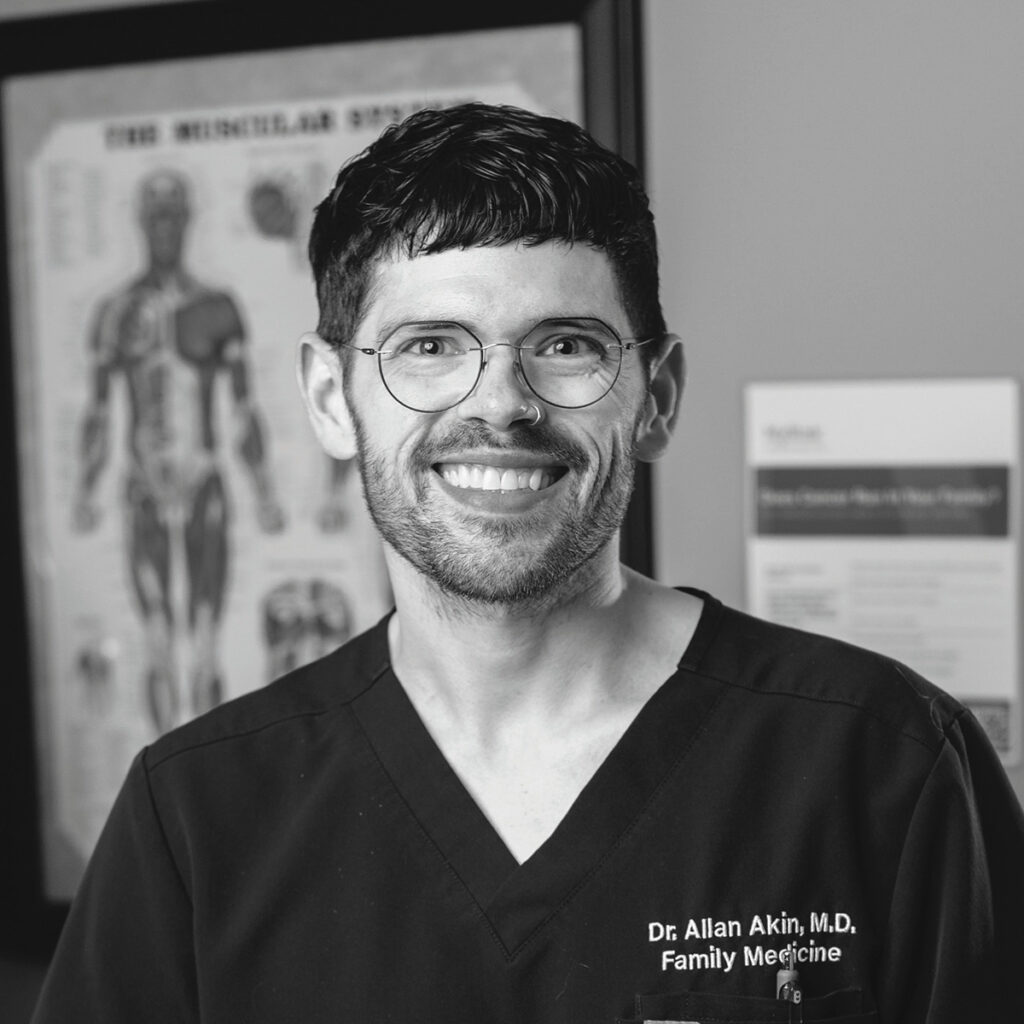Did you know that Coronary Artery Disease (CAD) is the most common kind of heart disease and the number one cause of death for both men and women in the U.S.? Armed with the right information about CAD, you can stop this non-discriminatory killer in its tracks.
By Angela Whitaker
What is CAD?
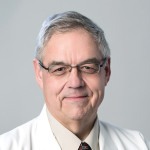
Chattanooga Heart Institute, Cleveland office, CHI Memorial
A healthy heart pumps an estimated 2,000 gallons of blood each day, delivering vital oxygen and nutrients to every part of your body. In order to do its job, your heart must receive an adequate supply of blood from the coronary arteries.
CAD begins when the coronary arteries become clogged with waxy cholesterol deposits called plaque. “You can compare what happens to the arteries to a water pipe that gradually fills with calcium and sediment,” says Dr. Charles Campbell, chief of cardiology at UT Erlanger Cardiology. “Just like calcium buildup blocks water flow to your faucet, this buildup of plaque limits blood flow to your heart.”
Dr. Robert Mills, a cardiologist at The Chattanooga Heart Institute’s Cleveland office, explains that as plaque continues to build up, the arteries delivering blood to the heart muscle harden and narrow. This further exacerbates the blockage. “Narrowing of the arteries limits how much oxygen the blood can supply to the heart muscle, much as a narrowed pipe in a home limits flow to a faucet,” he says.
Eventually, this narrowing can cause symptoms like chest pain, breathlessness, and/or fatigue. But sometimes, a patient will experience no symptoms until the diseased artery suddenly closes off – that’s when a heart attack occurs.
Dr. Campbell explains. “As the artery narrows and becomes diseased, one of two things can happen: you can begin to experience symptoms due to blocked blood flow, or the plaque can suddenly rupture. When the ‘pipe’ grows too narrow, that’s when someone might experience chest pain or shortness of breath. However, in some cases, the plaque ruptures and the pipe breaks – that’s when someone has a heart attack.”
Do you know your risk?

Chief of Cardiology, UT Erlanger Cardiology, Erlanger Health System
According to the American Heart Association, your chance of developing CAD depends on how many risk factors you have and the degree to which they are managed. Some CAD risk factors can’t be controlled but others can. The following risk factors can be controlled.
Smoking. Smokers have a two- to fourfold increased risk for coronary artery disease and about a 70% higher death rate from coronary artery disease than nonsmokers, according to the Cleveland Clinic. “When we think of tobacco, we usually think of our lungs,” says Dr. Campbell. “But tobacco is also one of the most dangerousrisk factors for atherosclerosis. If you go back to the pipe-artery analogy, it’s something that majorly contributes to erosion.”
High cholesterol. Having low levels of HDL cholesterol (or “good” cholesterol) and/or high levels of LDL cholesterol (or “bad” cholesterol) increases the risk of plaque deposits and CAD.
High blood pressure. High blood pressure increases risk of CAD by damaging and narrowing blood vessels over time.
Being overweight or obese. As your BMI increases to unhealthy levels, so does your risk of CAD. Having extra weight makes us much more likely to develop other risky conditions like high blood pressure and diabetes.
A sedentary lifestyle. People who are inactive are twice as likely to develop CAD due to an increased risk of high blood pressure, high cholesterol, diabetes, and obesity.
An unhealthy diet. A diet high in saturated and trans-fat, cholesterol, sodium, and sugar increases risk of CAD.
Diabetes. Having chronic high blood sugar levels increases risk of CAD by damaging and narrowing blood vessels over time.
What are warning signs?
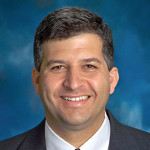
Cardiologist, Parkridge Health System
In addition to managing your risk factors for developing CAD, it’s important to recognize the signs of the disease so you can seek medical help immediately and take control of your health. As previously explained, when atherosclerosis blocks blood flow to the heart, you may experience chest pain or discomfort, also called “angina*.”
According to Dr. Selcuk Tombul, a cardiologist with Parkridge Health System, angina can manifest itself in different ways. “It can feel like a tightness, pressure, or heavy weight on the chest, or a burning sensation, not to be confused with heartburn or indigestion,” he says. “It’s common for it to be triggered by physical activity, emotional stress, or exposure to cold.”
Another common symptom of CAD is shortness of breath with exertion. “If you find that you have a decreased exercise
tolerance or are unable to complete usual physical tasks like carrying groceries or climbing stairs without breathlessness, that could be a sign of CAD,” says Dr. Tombul.
Dr. Mills says it’s important to pay attention to your body, because symptoms of CAD can sometimes be vague. “Any unexplained chest discomfort, breathlessness, or fatigue should be evaluated by your doctor,” he says.
All this being said, it’s essential to understand that some people with CAD experience no symptoms whatsoever until they have a heart attack or stroke. “The sad truth is that approximately 25% of heart attacks present as a cardiac arrest, which means death in most cases,” says Dr. Campbell. “These events are caused by the sudden rupture of the artery, so the person may never have experienced any prior chest pain or shortness of breath at all.”
He continues. “That’s why it’s so important to avoid relying on symptoms as indicators of our heart health. Since we can’t predict what will happen, we need to aim our efforts at minimizing our risk of a sudden heart attack. We all need to prevent the first event!”
Do I need screening?
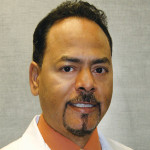
Interventional Cardiologist,
Hamilton Cardiology Associates, Hamilton
Health System
Blood pressure, weight, and cholesterol screenings are considered routine heart health screenings. Beyond this, guidelines from the American College of Cardiology discourage any further heart screenings as routine or preemptive.
“In general, guidelines discourage us from considering certain tests – such as a stress test, coronary CT scan, or echocardiogram – as routine tests. These are typically only used for patients who have symptoms,” says Dr. Eric Guerra, an interventional cardiologist with Hamilton Cardiology Associates. “However, if a patient is having chest pressure, tightness, or shortness of breath with exertion, your cardiologist may proceed with tests.”
Dr. Guerra says that a cardiologist will start by taking a complete health history – including a full risk assessment – and doing a physical exam. “Based on the findings, your cardiologist will then determine which screenings need to be done. Often an initial evaluation will include an electrocardiogram.”
Own Your Heart Health!
Being informed about CAD can help you manage your risk factors, and you can lower your risk of developing the disease with heart-healthy choices and a healthy lifestyle that includes eating a healthy diet, getting regular physical activity, not smoking, maintaining a healthy weight, and obtaining regular health screenings with your doctor.
If you have already been diagnosed with CAD, listen to your doctor and take any prescribed medications to control risk factors like high blood pressure, high cholesterol, and diabetes. This will allow you to manage the disease and live a healthier life.
For more information on managing your risk factors for CAD and preventing the disease with a healthy lifestyle, visit the National Heart, Lung, and Blood Institute online at nhlbi.nih.gov. When it comes to matters of the heart, it’s never too early or too late to get the facts and make positive steps toward a healthier future.

